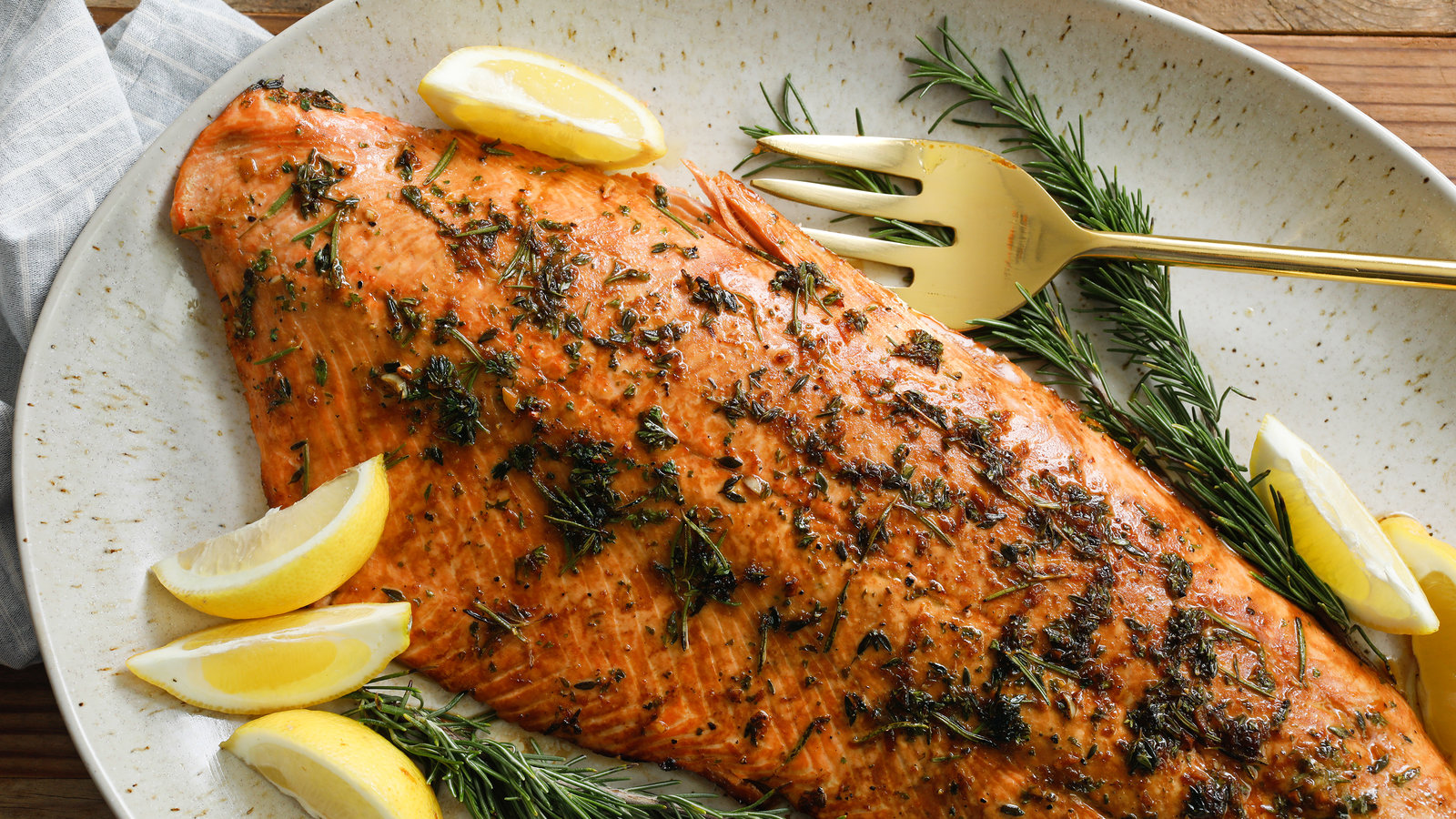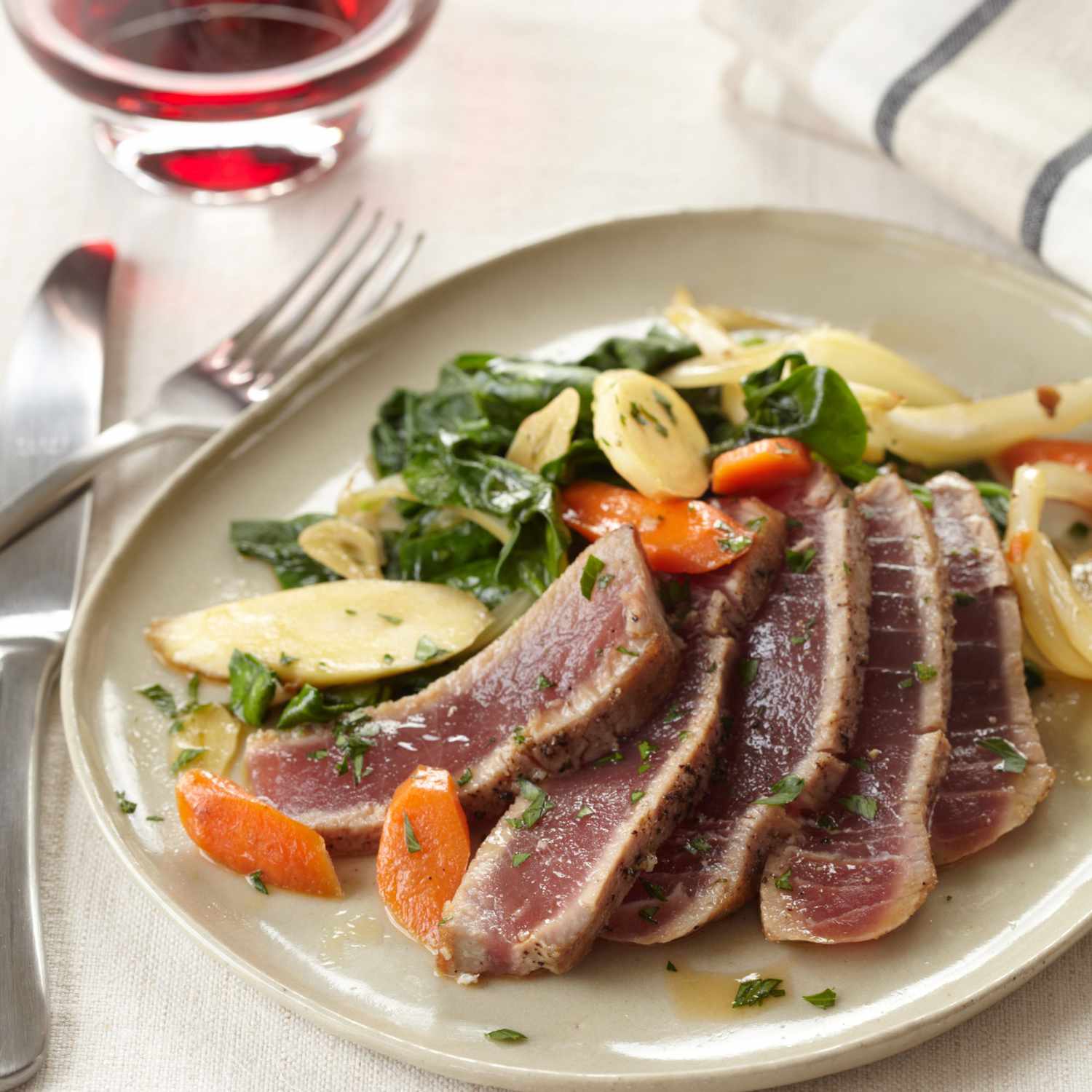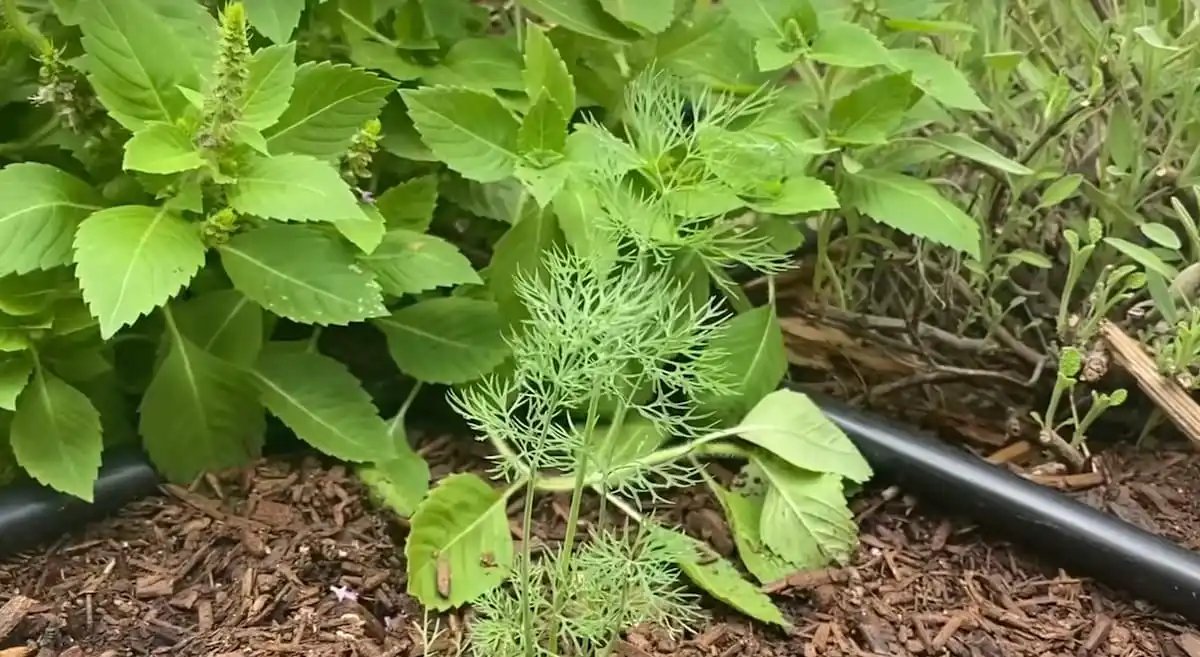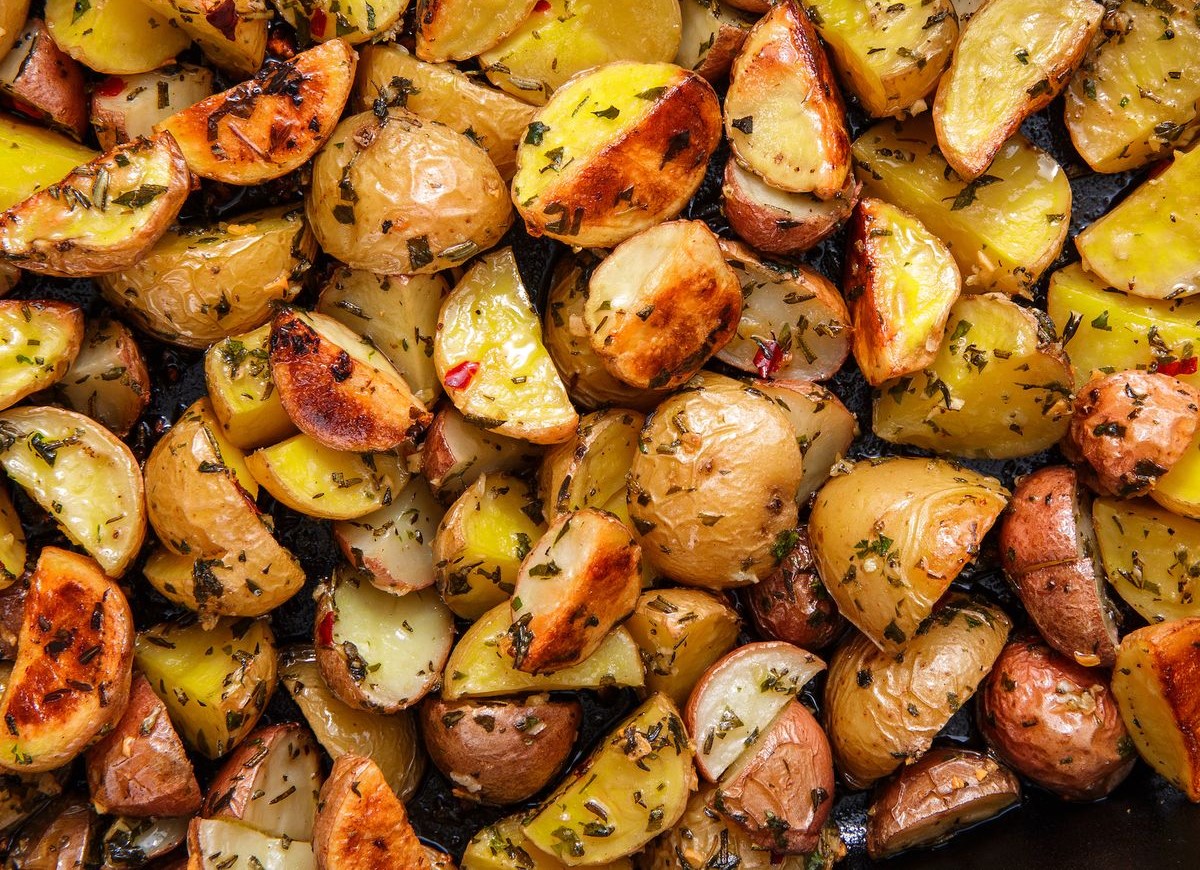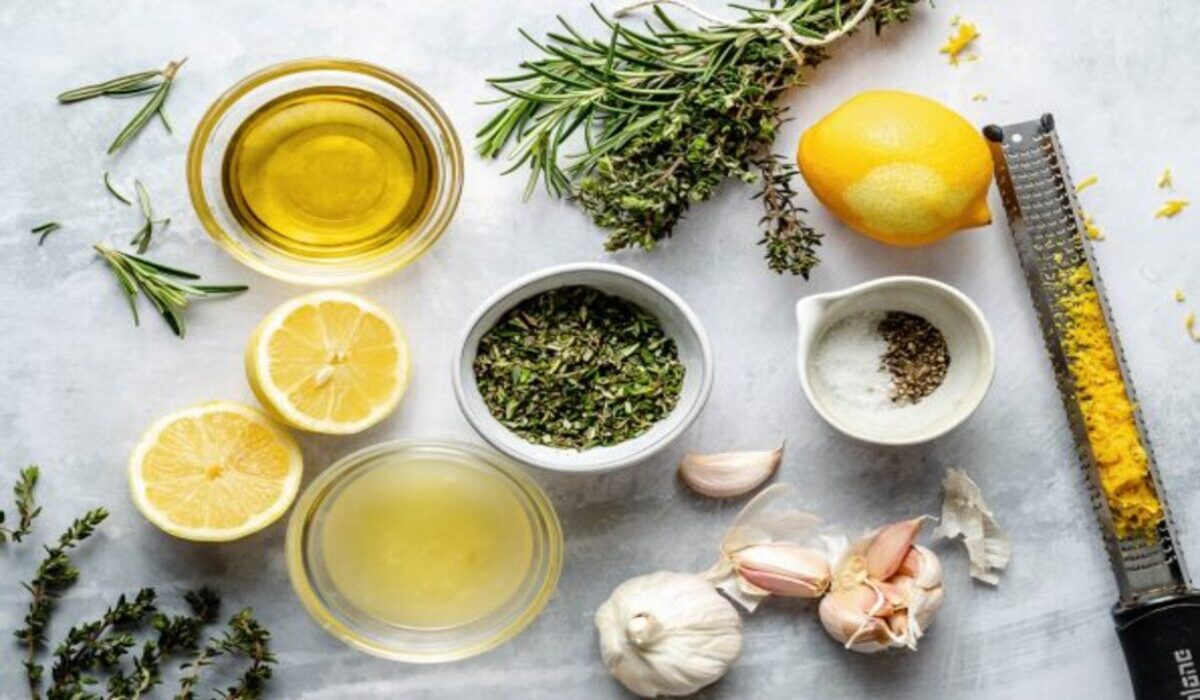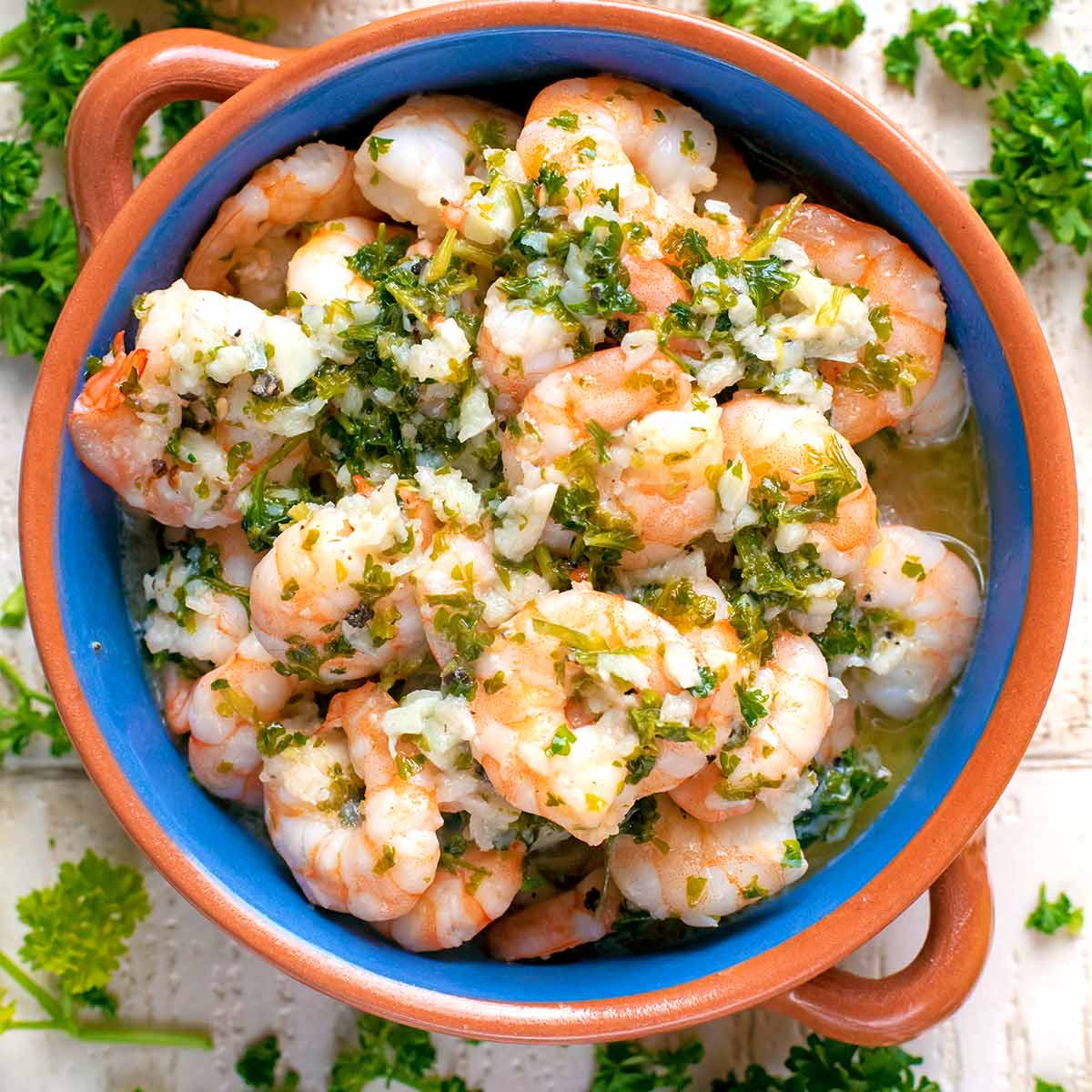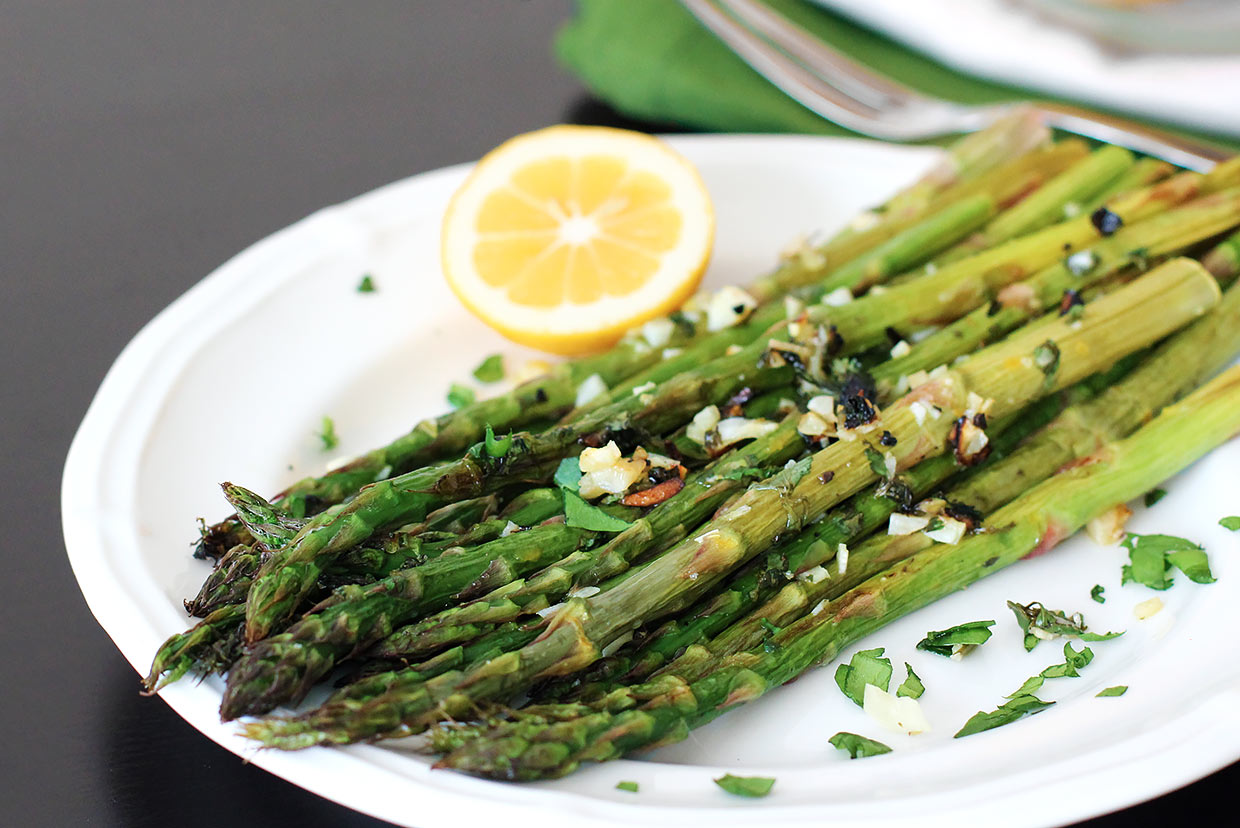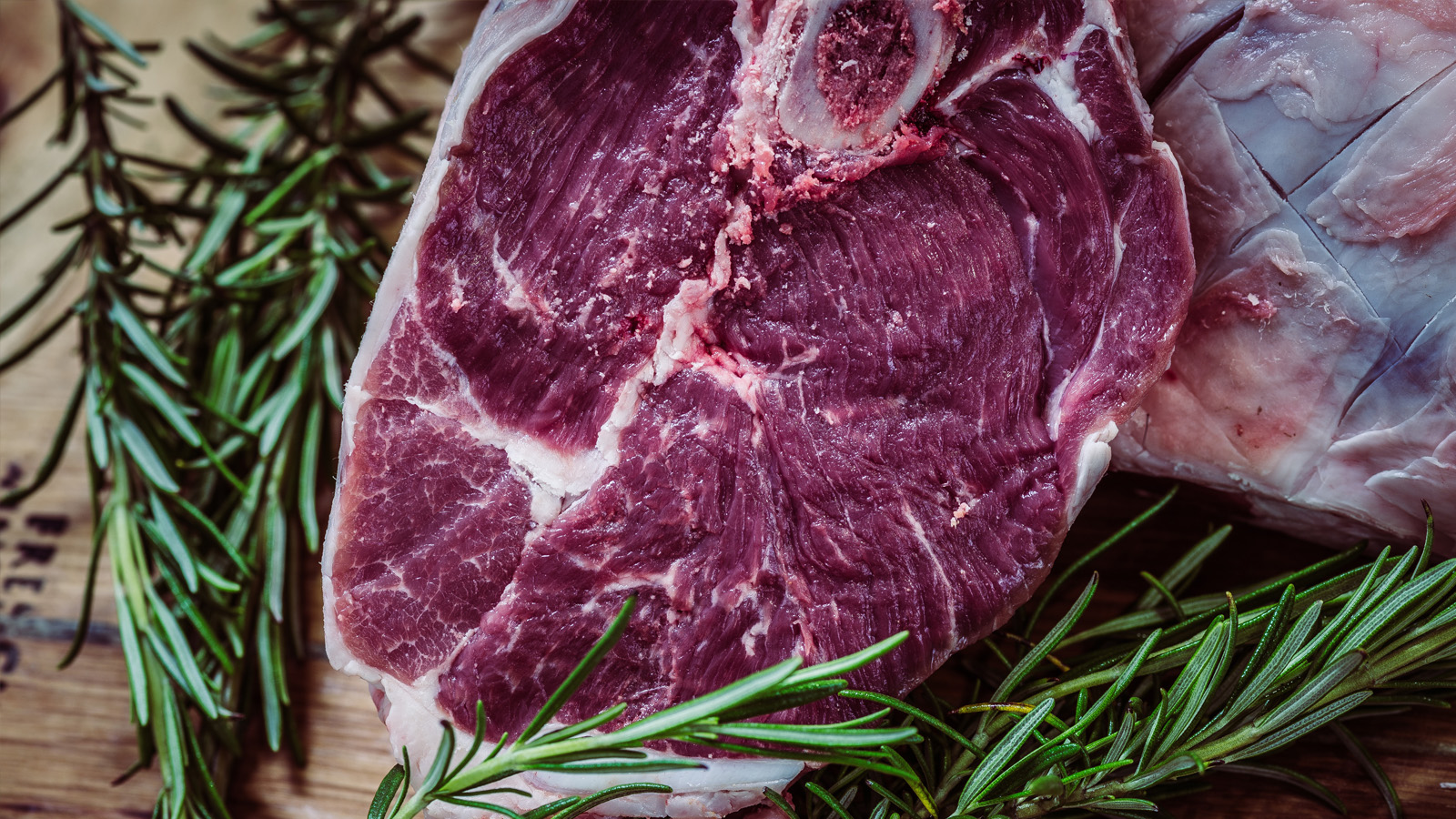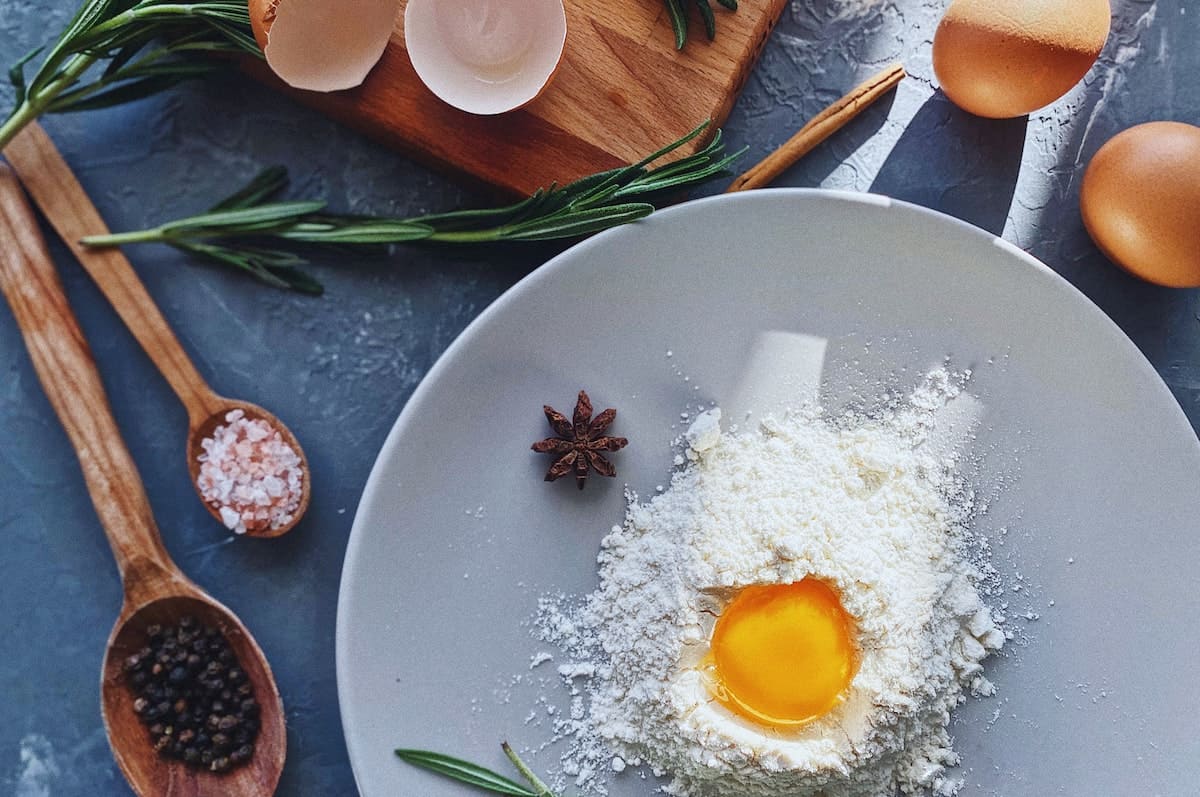Home>Gardening News and Trends>Gardening Trends>What Herbs Go Well With Sage
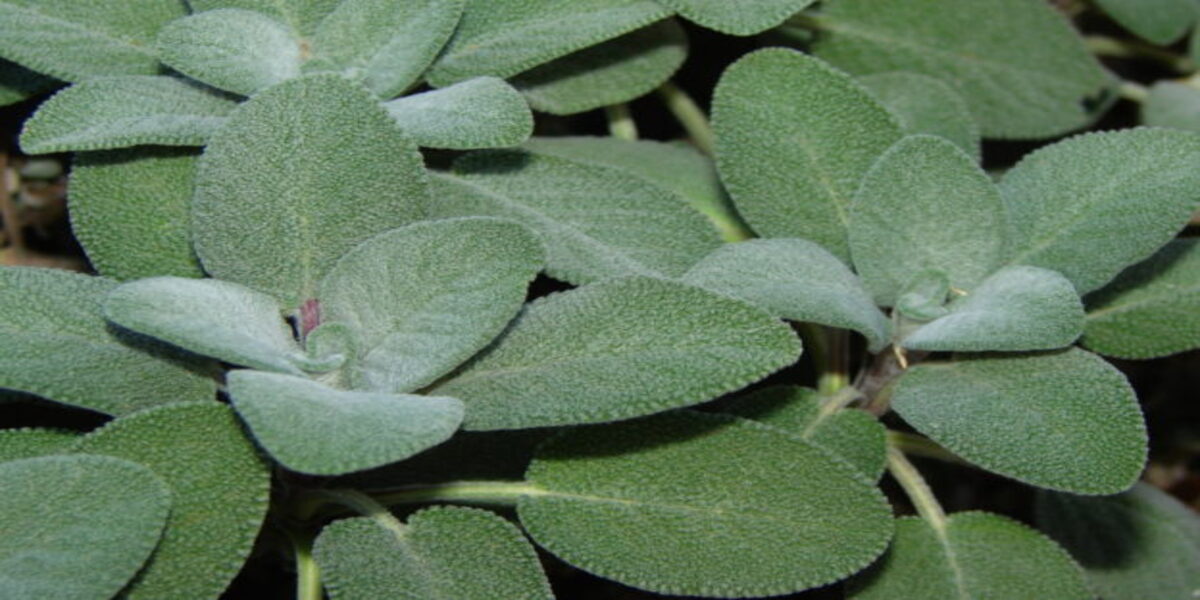

Gardening Trends
What Herbs Go Well With Sage
Modified: January 22, 2024
Discover the latest gardening trends and learn what herbs pair perfectly with sage for a flavorful and aromatic garden. Transform your dishes with these herb combinations.
(Many of the links in this article redirect to a specific reviewed product. Your purchase of these products through affiliate links helps to generate commission for Chicagolandgardening.com, at no extra cost. Learn more)
Table of Contents
Introduction
Welcome to the world of herbs and spices, where the delightful aroma and flavors of sage reign supreme. Sage, with its earthy and slightly peppery taste, has been a staple in kitchens and gardens for centuries. Whether you’re a seasoned chef or an aspiring home cook, understanding the herbs that complement sage can elevate your culinary creations to new heights.
Sage, scientifically known as Salvia officinalis, is a perennial herb native to the Mediterranean region. Its name is derived from the Latin word “salvere,” which means “to save” or “to heal.” Sage has long been revered for its medicinal properties and is often used in traditional medicine to soothe ailments and promote overall well-being.
While sage holds its own unique charm, pairing it with other herbs can enhance the flavor profile of a dish and create a harmonious blend of tastes. The key is to find herbs that complement sage’s robustness, balance its flavors, and add depth to your culinary creations.
In this article, we will explore the herbs that go well with sage and the various ways you can incorporate them into your cooking. We will also delve into the medicinal properties and benefits of sage, as well as provide insights into growing and harvesting sage and its complementary herbs. So, get ready to embark on a flavorful journey and unlock the secrets of sage and its herb companions.
Herbs that Complement Sage
When it comes to pairing sage with other herbs, the goal is to find flavors that complement and enhance each other. Here are some herbs that beautifully harmonize with sage:
- Rosemary: Rosemary and sage are like a match made in herb heaven. The aromatic pine-like flavor of rosemary pairs perfectly with the herbal and slightly peppery taste of sage. Together, they create a delightful seasoning blend for roasted meats, potatoes, and vegetables.
- Thyme: Thyme and sage share a similar earthy undertone. The combination of these two herbs adds complexity and depth to hearty stews, soups, and roasted poultry. Whether fresh or dried, thyme complements sage in both flavor and aroma.
- Oregano: With its bold and slightly spicy flavor, oregano brings a zesty kick to dishes when paired with sage. This herb combination is ideal for Italian-inspired recipes such as pasta sauces, pizza, and grilled meats.
- Parsley: The fresh and vibrant taste of parsley works wonders alongside sage. The combination adds brightness and a touch of freshness to savory dishes. It is especially delightful in herb-infused oils, dressings, and marinades.
- Marjoram: Marjoram is a close cousin of oregano and offers a more delicate and floral flavor. When combined with sage, it adds a subtle sweetness and brings out the earthiness of sage. It is a fantastic addition to stuffings, roasted vegetables, and grilled fish.
- Mint: While mint may sound unconventional, it can surprisingly complement sage in certain dishes. The cool and refreshing flavor of mint provides a nice contrast to the robustness of sage. Pairing them together can elevate dishes like salads, fruit salsas, and even cocktails.
These herbs not only complement the flavors of sage but also add their unique characteristics, creating a symphony of taste on your palate. Experiment with different combinations to discover your own favorite herb blend that perfectly complements sage.
Common Culinary Uses of Sage and Complementary Herbs
Sage and its complementary herbs offer a wide range of culinary possibilities. Here are some common uses and dishes where you can incorporate sage and its herb companions:
- Roasted Meats: Sage pairs exceptionally well with roasted meats, such as chicken, turkey, and pork. The earthy and slightly floral notes of sage infuse the meat with a rich and savory flavor. Complement it with rosemary, thyme, and marjoram for a delicious herb-infused roast.
- Stuffing: Sage and its herb counterparts are a staple in traditional stuffing recipes. Their aromatic flavors add depth and complexity to the bread-based mixture. Combine sage with thyme, rosemary, marjoram, and parsley to create a flavorful stuffing for Thanksgiving or other festive occasions.
- Pasta Dishes: Sage makes a wonderful addition to pasta dishes, imparting a warm and earthy undertone. Pair it with oregano, thyme, and parsley to enhance the flavors of pasta sauces, such as tomato-based sauces or creamy Alfredo sauces. The combination adds layers of complexity to your pasta creations.
- Herb Butter: Create a fragrant herb butter by blending sage with complementary herbs like rosemary, thyme, and parsley. This herb-infused butter adds a burst of flavor to grilled meats, steamed vegetables, or as a spread for bread and rolls.
- Soups and Stews: Sage and its companion herbs are excellent additions to soups and stews. The combination adds depth and warmth to hearty dishes such as bean soups, tomato-based stews, and hearty vegetable soups. Sprinkle a combination of thyme, rosemary, and parsley into your simmering pot for a robust flavor profile.
- Infused Oils and Vinegars: Create your own infused oils and vinegars by combining sage with other herbs like thyme, rosemary, and oregano. These flavorful concoctions can be used in salad dressings, marinades, and drizzled over roasted vegetables for an extra touch of taste.
These are just a few examples of how you can incorporate sage and its complementary herbs into your cooking. Don’t be afraid to experiment and discover new flavor combinations that suit your taste preferences. Whether you’re preparing a simple weeknight meal or hosting a dinner party, sage and its herb companions can transform your dishes into culinary masterpieces.
Pairing Sage with Other Ingredients
While sage and its complementary herbs work wonders together, it’s also important to consider other ingredients that can further enhance the flavors of your dishes. Here are some ingredients that pair well with sage:
- Citrus Fruits: The bright and tangy flavors of citrus fruits like lemon, orange, and grapefruit complement the earthiness of sage. Use citrus zest or juice to add a refreshing twist to sage-infused marinades, dressings, or roasted vegetables.
- Nuts: Nuts such as walnuts, pine nuts, and almonds add a delightful crunch and nuttiness to dishes featuring sage. They provide a pleasant contrast to the herb’s flavor and texture. Toasted nuts can be sprinkled over salads, pasta dishes, or incorporated into stuffings.
- Cheese: Sage pairs beautifully with various types of cheese. Goat cheese, blue cheese, and Parmesan are excellent choices that work harmoniously with the herb’s earthiness. Use sage to flavor cheesy spreads, dips, pasta dishes, or sprinkle it over a cheeseboard for an added aromatic touch.
- Butter: Sage-infused butter is a classic combination that adds richness and depth to any dish. Incorporate chopped sage leaves into melted butter and drizzle it over cooked pasta, roasted vegetables, or grilled fish. The combination of sage and butter creates a luxurious and savory flavor profile.
- Garlic: Garlic and sage are a dynamic duo that add boldness and complexity to countless dishes. Whether minced, roasted, or sautéed, garlic pairs well with sage in sauces, marinades, roasted meats, and even vegetable stir-fries.
- Honey: The sweet and floral notes of honey complement the earthiness of sage in a unique way. A drizzle of honey over sage-roasted carrots or a honey-sage glaze for grilled salmon can create a delightful balance of flavors.
These ingredients bring their own unique characteristics to the mix, enhancing the flavors of sage and creating a symphony of tastes. Don’t be afraid to experiment and explore different combinations to find your favorite pairings that showcase the versatility of sage.
Medicinal Properties and Benefits of Sage
Besides its culinary uses, sage is renowned for its therapeutic properties and has been used for centuries in traditional medicine. Its leaves are rich in essential oils and powerful compounds that offer a plethora of health benefits. Here are some of the medicinal properties and benefits of sage:
- Antioxidant and Anti-inflammatory: Sage is packed with antioxidants that help combat free radicals in the body, reducing oxidative stress and inflammation. These properties have been linked to a lower risk of chronic diseases, including heart disease and certain types of cancer.
- Improves Cognitive Function: Sage has long been associated with memory enhancement and cognitive function improvement. Research suggests that the compounds present in sage may protect against age-related cognitive decline and promote better working memory and concentration.
- Aids Digestion: Sage has been traditionally used to alleviate digestive issues such as bloating, indigestion, and stomach cramps. It is believed to stimulate the production of digestive enzymes and promote healthy digestion.
- Anti-Microbial and Anti-Bacterial: The essential oils found in sage have antimicrobial and antibacterial properties. Sage has been used to help combat bacterial infections, promote oral health, and soothe sore throat symptoms. It is commonly used as a natural remedy for oral health issues like gum disease and mouth ulcers.
- Relieves Menopausal Symptoms: Sage has been widely studied for its potential to alleviate symptoms associated with menopause, such as hot flashes and night sweats. It is believed to regulate hormonal activity and provide relief from discomfort.
- Supports Digestive Health: Sage contains compounds that can help reduce excessive sweating by controlling the activity of sweat glands. It is often used as a natural remedy for hyperhidrosis (excessive sweating) and can be consumed as a tea or applied topically in the form of an herbal infusion.
It is important to note that while sage offers potential health benefits, it is best to consult with a healthcare professional before using sage for medicinal purposes. They can provide personalized advice and guidance based on your specific health needs and any potential interactions with medications.
When incorporating sage into your diet for its medicinal properties, consider consuming it in moderation and as part of a balanced and varied diet. Sage can be enjoyed as a flavorful addition to dishes, teas, or even herbal infusions to reap its potential health benefits.
Growing and Harvesting Sage and Complementary Herbs
Whether you prefer to have a small herb garden or a few pots on your windowsill, growing your own sage and complementary herbs can be a rewarding and convenient way to have fresh flavors always at hand. Here are some tips for growing and harvesting sage and its herb companions:
- Choose the Right Location: Sage and most complementary herbs thrive in well-drained soil and full sunlight. Find a sunny spot in your garden or ensure your potted herbs receive at least 6 hours of direct sunlight each day.
- Planting Sage and Complementary Herbs: Start by preparing the soil, ensuring it’s loose and free of debris. Plant your sage and complementary herbs, such as rosemary, thyme, and oregano, at a suitable distance from one another, depending on the plant’s eventual size.
- Watering and Maintenance: Sage and its herb companions generally do well in moderately dry soil. Water the plants when the top inch of soil feels dry, and be careful not to overwater as it can lead to root rot. Regularly check for pests and diseases and address any issues promptly.
- Harvesting Sage and Complementary Herbs: Sage leaves can be harvested throughout the growing season once the plant has established itself. Harvest the leaves by carefully snipping them near the stem, leaving enough to encourage regrowth. For the best flavor, harvest the herbs in the morning when the oils are most concentrated.
- Drying and Storing: To preserve sage and complementary herbs for future use, you can dry them. Gather the herb stems into small bundles and hang them upside down in a well-ventilated area away from direct sunlight. Once completely dry, remove the leaves from the stems and store them in airtight containers in a cool, dark place.
- Continual Planting and Succession Gardening: To ensure an ongoing supply of fresh herbs, consider planting sage and complementary herbs in succession. Start new plants every few weeks to ensure a continual harvest throughout the growing season.
Growing your own sage and complementary herbs allows you to have a fresh supply of flavorful ingredients right at your fingertips. Not only does it provide a sense of satisfaction, but it also ensures that you have access to the highest quality herbs for your culinary creations.
Remember to research the specific needs of each herb you choose to grow, as different companion herbs may have varying requirements. By providing the proper care and attention, you can enjoy an abundant and thriving herb garden.
Cooking Tips and Recipes with Sage and Complementary Herbs
Now that you have learned about the herbs that complement sage and how to grow and harvest them, let’s explore some cooking tips and recipes to maximize the flavors of these delightful herbs:
Cooking Tips:
- Use fresh herbs whenever possible, as they have a more vibrant flavor. If fresh herbs are not available, dried herbs can also be used, but remember to adjust the quantities accordingly, as dried herbs are more concentrated.
- To release the flavors of sage and complementary herbs, gently crush or chop them just before using. This helps to activate the essential oils and enhance their aromatic profiles.
- When cooking with sage, it’s best to add it towards the end of the cooking process to preserve its delicate flavors. Sage is especially suited for dishes that require longer cooking times, such as stews and slow-cooked meat dishes.
- Experiment with different combinations of sage and complementary herbs to create your own unique herb blends. The possibilities are endless, and you can tailor the flavors to suit your personal taste preferences.
Recipes:
1. Roasted Chicken with Sage and Rosemary:
Ingredients:
- 1 whole chicken
- 3-4 sprigs of sage
- 2-3 sprigs of rosemary
- 4 cloves of garlic, minced
- 2 tablespoons of olive oil
- Salt and pepper to taste
Instructions:
- Preheat the oven to 400°F (200°C).
- In a small bowl, mix the minced garlic, olive oil, salt, and pepper.
- Rub the mixture all over the chicken, including under the skin.
- Place the sage and rosemary sprigs inside the cavity of the chicken.
- Roast the chicken for about 1 hour or until the internal temperature reaches 165°F (75°C).
- Remove the chicken from the oven and let it rest for a few minutes before carving.
2. Pasta with Sage and Butternut Squash:
Ingredients:
- 8 ounces of pasta
- 2 cups of cubed butternut squash
- 2 tablespoons of butter
- 1 tablespoon of olive oil
- 6-8 sage leaves, thinly sliced
- 1/4 cup of grated Parmesan cheese
- Salt and pepper to taste
Instructions:
- Cook the pasta according to the package instructions until al dente. Drain and set aside.
- In a large skillet, heat the butter and olive oil over medium heat.
- Add the cubed butternut squash and cook until tender, about 8-10 minutes.
- Add the sliced sage leaves and cook for another minute.
- Add the cooked pasta to the skillet and toss until well combined.
- Season with salt and pepper to taste.
- Serve the pasta with a sprinkle of grated Parmesan cheese on top.
These recipes are just a starting point to inspire your culinary adventures with sage and its complementary herbs. Feel free to adapt and customize them to suit your preferences and experiment with different ingredients to create your own flavorful creations!
Conclusion
Exploring the world of sage and its complementary herbs offers an exciting journey of flavors and aromas. From the earthy notes of sage to the pine-like essence of rosemary and the zesty kick of oregano, these herbs come together to create culinary magic.
By incorporating sage and its herb companions into your dishes, you can elevate ordinary recipes to new heights, infusing them with depth and complexity. Whether you’re experimenting with roasted meats, pasta dishes, or herb-infused oils, the combination of sage and complementary herbs will awaken your taste buds and leave you wanting more.
Aside from their incredible culinary uses, sage and its companions also offer numerous health benefits. From their antioxidant and anti-inflammatory properties to their potential to improve cognitive function and support digestive health, these herbs are more than just flavor enhancers.
Growing your own sage and complementary herbs allows you to have a fresh and readily available supply of flavors right at your fingertips. Whether you have a sprawling herb garden or a few pots on your windowsill, the process of cultivation and harvesting adds an extra layer of satisfaction to your culinary endeavors.
As you embark on your culinary adventures with sage and its complementary herbs, don’t be afraid to experiment and personalize. Create your own herb blends, try new combinations with other ingredients, and let your taste buds guide you in discovering new flavors and pairings.
So, immerse yourself in the world of sage and its companions. Explore their culinary potential, savor their health benefits, and cultivate your own herb garden. Let the aromas and flavors of sage and its complementary herbs enrich your cooking and bring a touch of magic to your culinary repertoire.

